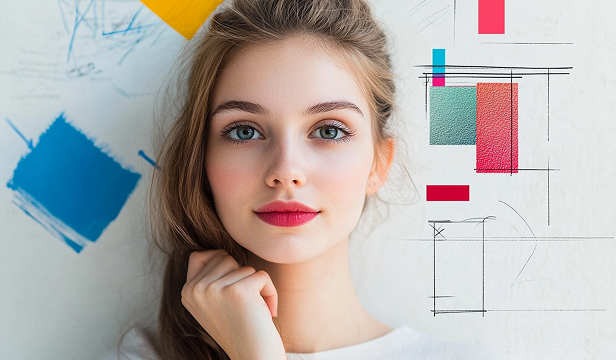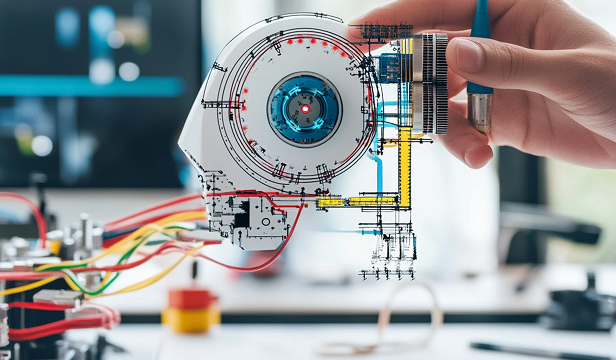Artificial Intelligence (AI) is revolutionizing the creative industry, particularly in video production. AI-generated videos are…

Artificial Intelligence (AI) is transforming the landscape of image editing and retouching, making it faster, more efficient, and accessible to both professionals and amateurs. AI-powered tools are enhancing workflows, improving image quality, and automating complex tasks that once required significant time and expertise. Here’s how AI is revolutionizing image editing and retouching.
1. Automated Image Enhancement
Why It Matters:
AI-driven enhancement tools can instantly improve image quality by adjusting exposure, contrast, sharpness, and colour balance without manual input.
How It Works:
- AI algorithms analyse images and apply intelligent adjustments to enhance visual appeal.
- One-click tools in platforms like Adobe Photoshop and Luminar AI provide professional-grade enhancements.
- AI-powered upscaling can enhance low-resolution images while maintaining detail.
2. Advanced Retouching and Object Removal
Why It Matters:
Manual retouching is time-consuming and requires expertise. AI simplifies this process while maintaining high-quality results.
How It Works:
- AI-based retouching tools remove blemishes, wrinkles, and imperfections seamlessly.
- Object removal tools use deep learning to fill in missing details realistically.
- Background replacement and sky replacement features allow for quick scene alterations.
3. Facial Recognition and Portrait Enhancement
Why It Matters:
AI-powered portrait editing ensures natural-looking enhancements, making it easier to perfect skin tones, lighting, and facial features.
How It Works:
- AI-based face detection can auto-adjust lighting and shadows for balanced portraits.
- Skin smoothing tools reduce imperfections while preserving natural texture.
- AI-driven eye and smile enhancements create lifelike adjustments without over-processing.
4. Smart Colourization and Style Transfer
Why It Matters:
AI can transform black-and-white images into vibrant colour photographs and apply artistic styles to images for creative purposes.
How It Works:
- Colourization tools use AI to predict and apply realistic colours to historical or monochrome images.
- Style transfer techniques allow users to mimic the look of famous paintings or artistic effects.
- AI-generated filters provide consistent branding for marketing and social media campaigns.
5. AI-Powered Background Editing
Why It Matters:
Background manipulation can be tedious, but AI simplifies complex tasks like background removal and replacement.
How It Works:
- AI segmentation accurately distinguishes subjects from backgrounds in seconds.
- Automated background blur creates a professional depth-of-field effect.
- AI-driven background replacement allows seamless integration of new environments.
6. Time-Saving Automation and Batch Processing
Why It Matters:
AI reduces the time needed for repetitive edits by enabling batch processing and automated enhancements.
How It Works:
- AI-powered tools process multiple images simultaneously, maintaining consistency.
- Auto-tagging and metadata generation streamline image organization.
- Smart cropping and resizing tools adjust compositions for different platforms automatically.
7. Deep Learning and Custom AI Models
Why It Matters:
Custom AI models can be trained to recognize unique patterns and improve editing precision for specific industries like fashion, e-commerce, and photography.
How It Works:
- AI learns from large datasets to improve editing accuracy over time.
- Businesses can train AI models for unique brand aesthetics.
- AI-based predictive editing suggests modifications based on user preferences.
Conclusion
AI is revolutionizing image editing and retouching by automating complex tasks, enhancing efficiency, and enabling high-quality results with minimal effort. Whether it’s for professional photography, e-commerce, or social media content creation, AI-powered tools are making image editing more accessible and intelligent. As AI continues to evolve, we can expect even more sophisticated enhancements that redefine digital creativity and visual storytelling.



